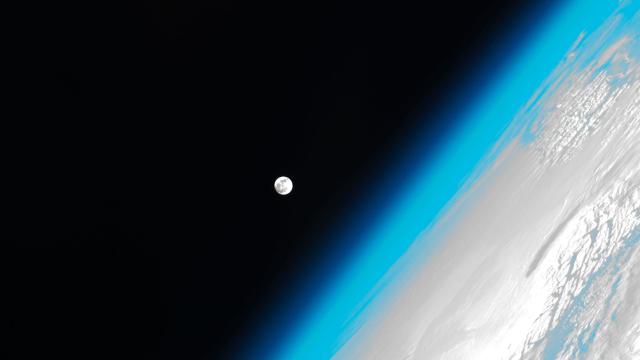In 2019, good news is in short supply, let alone news showing we can actually solve a pressing global problem. So folks, savour this: The ozone hole hit its smallest maximum extent ever recorded. It just, uh, comes with a tiny caveat.
The ozone hole hit its lowest maximum extent on record, in part due to a shift in the polar vortex (yes, there’s one in the southern hemisphere, too) that caused a heat wave 20 or so kilometres above Antarctica. The spike in temperatures in the portion of the atmosphere known as the stratosphere helped limit conditions that cause ozone-depleting chemicals to form.
While humans have certainly reduced our emissions of those chemicals, we can’t take much credit for this year’s record-small ozone hole. But hey, I’m still calling it a W for humanity in 2019.
NASA reported the new record on Monday, noting the ozone hole grew to 16.4 million square kilometres on September 9 and has since begun to contract to 10 million square kilometres or less for the rest of the month and October. That sudden contraction is extremely rare; the ozone hole usually remains fairly open through mid-October before slowly mending by December.
This year was an odd one, though. The stratosphere, which is where the ozone hole forms, experienced a sudden warming event in early September right as ozone hole season got underway. September marks a turn toward spring in the southern hemisphere. As the stronger sunshine returns, its rays kickstart chemical reactions in the stratosphere that are particularly prevalent on cloud particles.
But as the process got underway this austral spring, things went haywire. Temperatures reached 16 degrees Celsius above normal in the stratosphere in mid-September, a process known as sudden stratospheric warming. That warmth inhibited stratospheric cloud formation, limiting the amount of ozone depletion. But sudden stratospheric warming events can have another impact.
If the term sounds familiar, it’s because it’s what usually precedes outbreaks of frigid cold in the U.S. due to the polar vortex breaking down. There’s also a southern hemisphere polar vortex spinning around Antarctica. And it broke down this austral spring, just like its northern hemisphere buddy has done the past few winters.
That caused the jet stream around Antarctica to slow from an average of 259km per hour to just 108km per hour this September, which in turn allowed a rush of ozone-laden air into the region where the hole usually forms.
It’s that combination of factors that led to such a tiny ozone hole this year, and scientists are studying it with great interest, since it’s so rare. Similar sudden stratospheric warming events happened in the Antarctic in September 1988 and 2002, and the ozone hole those years was also smaller than normal.
“It’s great news for ozone in the Southern Hemisphere,” Paul Newman, chief scientist for Earth Sciences at NASA’s Goddard Space Flight Centre, said in a NASA press release. “But it’s important to recognise that what we’re seeing this year is due to warmer stratospheric temperatures. It’s not a sign that atmospheric ozone is suddenly on a fast track to recovery.”
Indeed, humans have cut ozone-depleting chemicals since the late 1980s, after we realised they were wreaking havoc in the stratosphere, but there’s still a ways to go before we can enjoy a fully mended ozone layer. Those chemicals were once common in refrigerants and have since been replaced by chemicals that emit potent greenhouse gases, so it’s a one step forward, two steps back kinda thing.
Scientists also recently identified China as a source of rogue ozone-depleting chemical emissions. Even once those are addressed, it will still take decades to completely get emissions down to zero.
But overall, the trend for ozone-depleting emissions has been going in the right direction. Sure, we got an assist from nature this year, showing us how good the future could be if we keep that trend going. And honestly, given the horror show that is modern life, I’ll take it.
